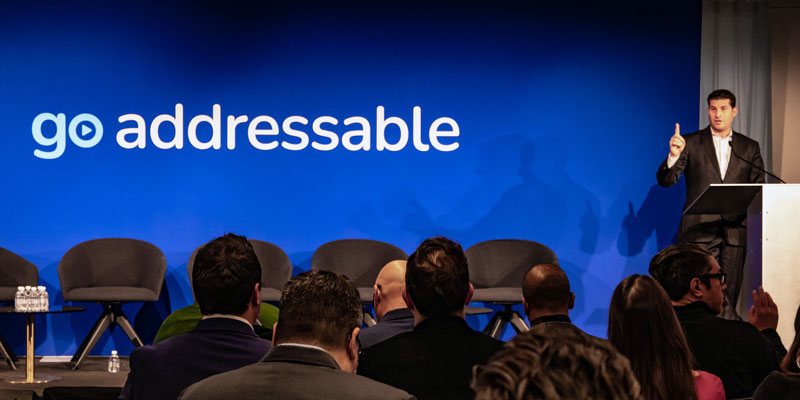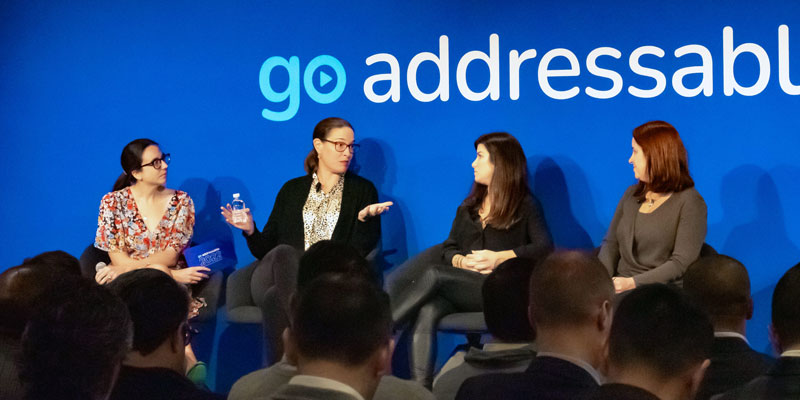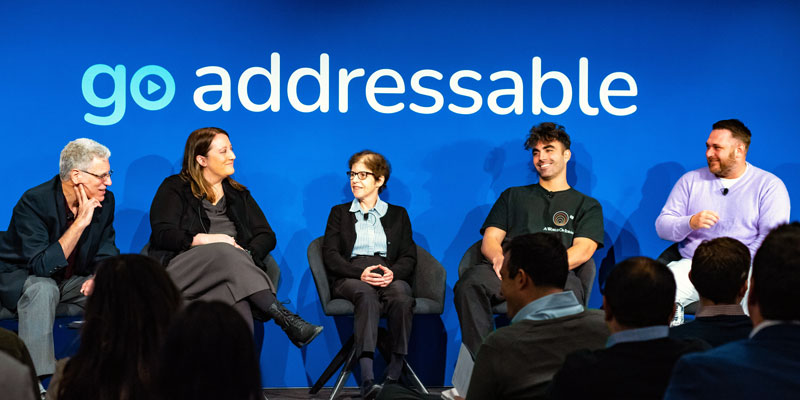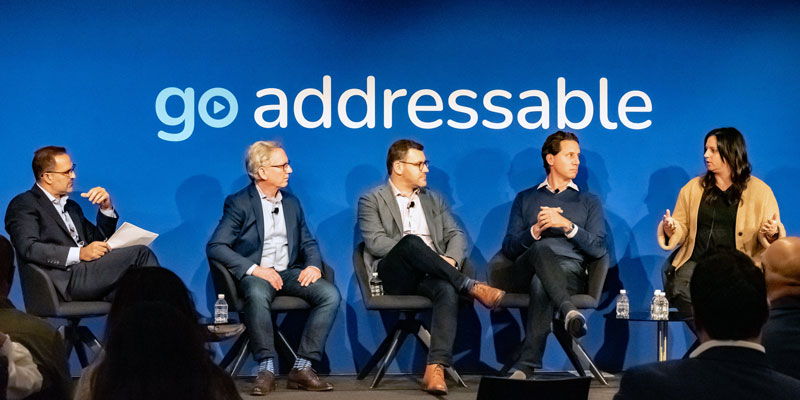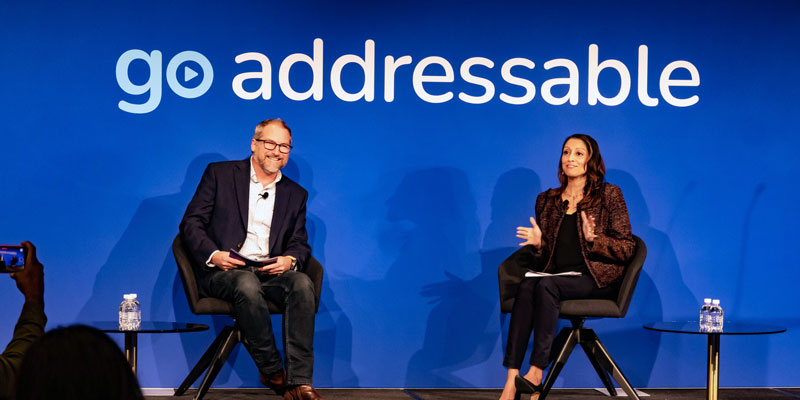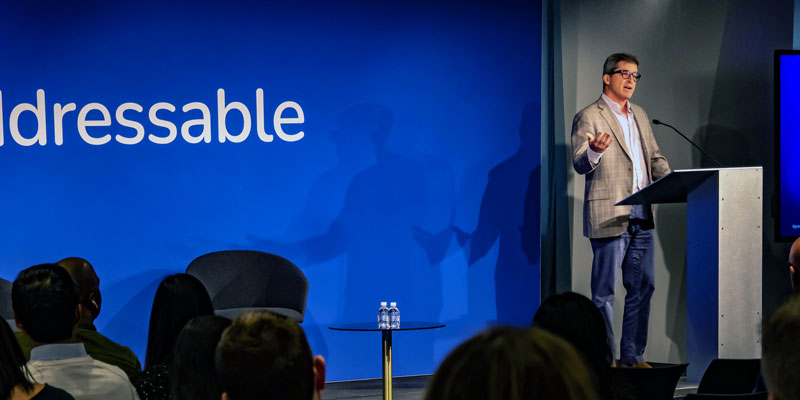
According to the Deloitte 18th annual Digital Media Trends report, U.S. households spend $61 per month on four streaming video services, marking a near +30% lift in spend on streaming versus the prior year. As the out-of-pocket cost of streaming goes up so too does consumers’ appetite for cheaper, ad-supported options. Last November, Antenna TV reported a significant milestone when ad-supported plans accounted for the majority of sign-ups to premium subscription video on demand (SVOD) services.
Unduplicated Audience Reach Across MVPDs and Ad-Supported Streamers
While streaming may be on the rise, Deloitte’s survey also found that two-thirds of U.S. consumers still pay for either a traditional TV subscription or live streaming TV. In fact, the MVPD and vMVPD members of Go Addressable collectively represent 51M unduplicated households. We know that consumers are highly unlikely to sign on to multiple live TV services since subscribing to two would be both duplicative and expensive.
When it comes to streaming, it’s more likely that consumers and households subscribe to multiple services, resulting in limitations. To that point, Comscore data indicates that while Amazon Prime and the ad-supported tiers of Disney+, Hulu, Netflix, and Peacock collectively represent 106M households, the deduplicated count is more like 58M households. This represents a -46% decline since many households in this universe are likely subscribed to a multiple of these services.
Ultimately, what this means is that the actual audience sizes on MVPD addressable and major ad-supported streaming platforms are much more comparable than advertisers realize.
Decline in Combined Household Reach as a Result of Audience Duplication

Source: Comscore Total Home Panel, US Universe Estimates, March 2024
Addressable Allows Advertisers to Reach Unduplicated Audiences with Efficiency
With a collective reach of 51M unduplicated households, addressable offers advertisers significant scale and the opportunity to reach audiences without repetitive messaging. Advertisers that work across Go Addressable members will not only continually drive incremental reach, but they will also tap into highly engaged audiences and deliver against their frequency goals. According to The Score Report by Comscore, these five streaming services (Hulu, Netflix, Amazon Prime, Peacock, and Disney+) combined accounted for less than 10% of ad exposure time on TV in June.* By comparison, cable viewing across MVPDs and vMVPDs made up over 40% of ad exposure time on TV in June.
Not to mention, when working off an unduplicated audience base, advertisers have a more accurate representation of the actual audience size they can reach. This means that advertisers can avoid wasted ad spend against duplicated reach, resulting in a more efficient use of media spend, and in turn can gain a better understanding of overall ad effectiveness.
Ultimately MVPD addressable and streaming/CTV addressable play complementary roles. Younger audiences are watching across linear and streaming so to hit their reach goals, advertisers need to work across platforms. Leveraging MVPD addressable will consistently deliver about 40% reach regardless of target audience penetration.
*Source: Comscore, Settling the Score (October 2024).


